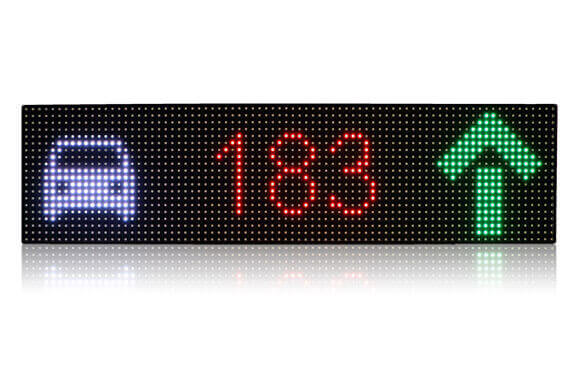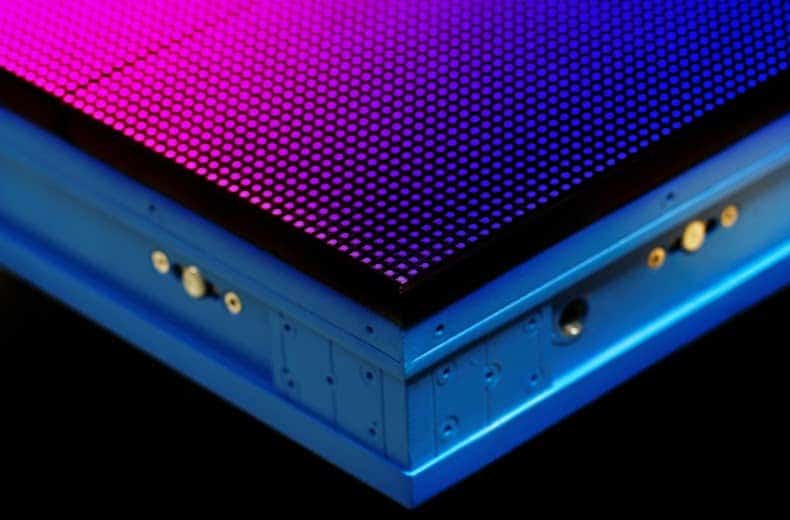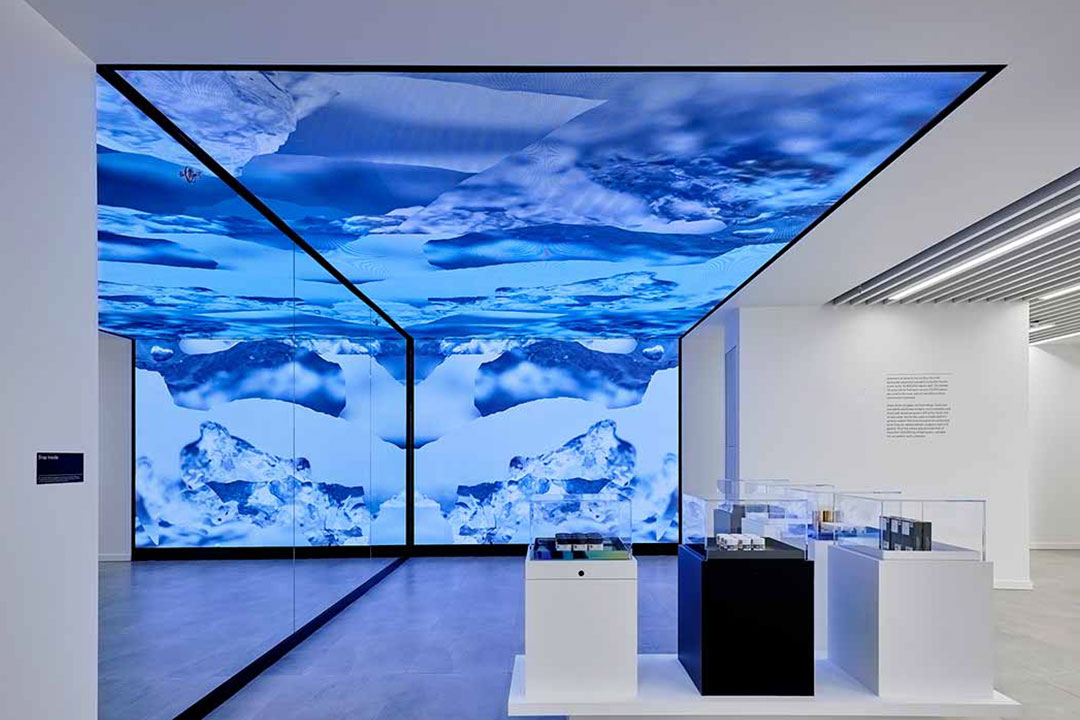New Suggestions On Picking 3d Led Display
Wiki Article
How Important Are Weather And Durability When Deciding On Led Displays Intended For Outdoor Use?
Be sure to consider the durability and weather resistance of your LED display, particularly if you plan to put it in the outdoors or in areas that have a lot of traffic. Why are they important?
1. Longevity & Cost-Efficiency
Durability. LED displays that are built to last can stand up to impacts, vibrations and other physical strains. The display will last for longer and require less frequent maintenance or replacement. This means greater efficiency over the long run.
Application: Durability is important in environments that are prone to damage, such as public areas, sports stadiums and rental markets.
2. Outdoor Performance
Weather Resistant: Outdoor LED displays are exposed to varying weather conditions such as snow, rain winds, variations in temperature. Displays that are weather-resistant have been developed to work reliably without performance degradation.
IP Rating IP Rating: The Ingress Protection (IP) rating is the degree of protection against water and dust. Outdoor displays require a minimum of IP65 (protection against water jets and dust) is suggested. This will ensure that the display has the ability to withstand adverse weather conditions and not short-circuit or corrode.
Weather resistance in outdoor installations is crucial, such as digital signage, billboards and stadium screens. If a display fails due to weather conditions can result in expensive repairs and downtime.
3. Resistance to temperature
Extreme Temperatures: LED displays can be exposed to extreme temperatures, both hot and cold, which can affect their performance. High-quality displays are designed to operate within a wide temperature range, and often include built-in heating or cooling systems to maintain optimal performance.
Application: In areas with extreme climates, like hot deserts or cold winters, selecting a display with adequate resistance to temperature ensures that the display will function year-round.
4. Water and Moisture Barrier
Waterproof LED displays safeguard internal components from short circuits and damages caused by humidity. This is crucial when you live in an area with excessive humidity levels or frequent rain.
Application: Displays in waters bodies, coastlines, or in regions with frequent rain are waterproofed to extend their lifespan and avoid failures.
5. UV Protection & Sunlight Durability
UV Resistance: Exposure to sunlight for extended periods of time can cause discoloration and degradation of the display material. UV-resistant displays can resist the harmful effects of ultraviolet radiation, and maintain their quality and appearance for a longer period.
UV protection is essential in areas with direct sunlight or sunny environments. It is also crucial to maintain the quality of the image.
6. Safety and Compliance
In order to comply with safety standards, certain places require that displays be equipped with fire-proof characteristics. This is crucial for indoor environments that have the highest occupancy levels, such as malls and concert venues.
Application: Making certain that the display is in compliance with safety standards isn't just an effective way to safeguard your investment, but also allows you to comply with local regulations and avoid legal issues.
7. Reduced downtime and maintenance
Low Maintenance: Lasting and weather-proof displays generally require less frequent maintenance, since they are less vulnerable to damage caused by environmental factors. This reduces costs for maintenance and time to repair.
Application: In crucial applications where downtime can be costly or disruptive, like in transport hubs or emergency information systems, the durability and weather resistance ensure the display's operation with minimal effort.
Conclusion:
Weather resistance and durability are vital to ensure the reliability, longevity, and cost-effectiveness of LED display, specifically in outdoor or high-stress environments. These factors will protect your investment as they ensure that your display is able to stand up to harsh environments, minimize the need for repair and also ensure that it performs at a consistent level. When it comes to applications that are significantly dependent on environmental factors it is essential to consider durability and weather resistance when looking at LED displays. See the top creative led displays for blog advice including led screen rental, led video wall panels, transparent screen, outdoor digital screens, led in the wall, church video wall, led screen display rental, wall tv led, led screen for outdoor, led transparent display and more.

When Choosing Led Displays What Is Important Is The Viewing Angle?
It is important to think about the angle of view when researching LED displays. Especially for applications where it will be viewed on a variety of angles and from different locations. The angle of view is crucial because of a number of factors.
1. Uniform Image Quality
Definition: The angle of view for LED displays correspond to the maximum angles that the display can be viewed in a way that provides adequate visual performance, typically in terms of brightness or color consistency. Often, the viewing angle is defined in both the horizontal as well as vertical directions.
Important: A larger viewing angle will ensure that the image quality stays identical regardless of how the viewer is situated with respect to the screen. This ensures that brightness and colors do not affected by viewing sideways or from above or below.
2. Experience of Audience
Effects on large venues : Large places, such as stadiums and concert halls, the audience can be spread over the entire space. A screen that has a narrow viewing angle can cause low visibility and deteriorated image quality for viewers sitting at high angles to the screen, leading to a poor experience.
Application Large view angles are necessary for large events or installations that have a large audience. be situated in an arc around the screen. This ensures that everyone gets an unobstructed perspective of the contents.
3. In public Spaces
Public Display Applications in settings like shopping malls, transportation hubs, or outdoor advertising viewing angles are crucial because people will be looking at the display from all directions. A small viewing space would limit the ability of the display to engage and draw the attention of pedestrians.
Application: Wide viewing angles are ideal for digital signs in public spaces. They maximize their reach and ensure that the information is prominent and appealing in all times.
4. Content Consistency
Color and Brightness Uniformity: Displays with an unsuitable viewing angle may show color shifting or brightness loss when viewing from angles other than the center. This issue could be a problem for content that is brand-related, and precision in color is important.
Application: In settings where brand image and color consistency are critical like corporate displays or retail displays Wide viewing angles assures that the display will maintain its design and appearance from all viewing positions.
5. Installation Flexibility
Versatility in Placement Flexibility in Placement: A display that has an expansive viewing angle provides greater flexibility when it comes to where it can be installed. It permits more imaginative placement possibilities like wrapping the display around columns or putting it in areas where viewers can view from various directions.
Application Wide viewing angles are perfect for LED displays that are used in creative or architectural applications like those that are found in museums, galleries or immersive experiences. They allow for more creative designs without compromising the experience of the user.
6. Performance of Renting and Staging
Event Setting: When hiring or staging displays which can be set-up in various configurations, the wide viewing angle ensures that they will perform flawlessly regardless of where the audience is situated.
Application: A wide viewing angle is ideal for concerts, events or trade shows where attendees are likely to move around or the display will be viewed from different angles. It ensures that everyone get a clear view of the content.
7. Impact on ROI
Maximizing the visibility of Displays: A screen with a wide view area can attract a larger audience. This can increase its impact and return-on-investment (ROI). This is particularly true for display screens for advertising or informational purposes, where visibility is critical for achieving the desired result.
Application: When it comes to commercial displays, it can be beneficial to make sure the display is accessible to observe from every angle. This increases engagement and, therefore it improves the effectiveness.
Conclusion:
The angle of view directly influences the display's visibility, consistency and effectiveness. It is especially important when the viewers are spread out in a space where the display could be seen from different angles and where content consistency is critical. When researching LED displays, a wide viewing angle should be prioritized to ensure that the display is able to meet the requirements of your specific application and delivers a top-quality view for all users. Have a look at the top led rental screen for blog tips including transparent led screen, led display screen, led outdoor display screen, advertising displays, display screens, outdoor digital display, led screen, display led outdoor, led panels, outdoor led display screen and more.

What Is The Importance Of The Content Management System And Compatibility In The Process Of Researching Led Displays?
When researching LED displays compatibility and the Content Management System (CMS), are important factors to consider, especially in applications where the content is required to be frequently updated, managed across multiple locations, or integrated with different digital systems. CMS compatibility and content management are essential for LED displays.
1. Easy Content Management
CMS Features: With a robust CMS it is easy to make and schedule the content displayed on your LED screens. It provides a user-friendly interface for uploading videos, organizing playlists and setting display times, making it easier to ensure that content is always current and up-to-date.
Important: A strong CMS is essential for businesses that update their content often such as retail stores events venues, or advertising networks. It helps streamline the operation and decreases the time needed to manage displays.
2. Remote control and flexibility
Remote Management: With a good CMS allows you to update the content of your displays at any time. This is particularly important for companies that have multiple displays on different sites. It facilitates central management, and also ensures consistent messaging.
Remote management tools can be employed in situations where digital signage networks are deployed across various locations.
3. Scheduling Automation
Scheduling Content: A CMS that is equipped with scheduling tools allows users to prepare ahead and show relevant messages at suitable time. This is a great way to target particular audiences during certain times of the day or special events.
Automation: Automated update of content reduces time and guarantees that the content is updated regularly. This is particularly helpful in highly dynamic environments such as airports. Hotels, as well as large spaces.
Applications: Scheduling and automatized capabilities of the CMS are essential for companies who have to manage their content round the clock. Examples include news broadcasters or large retail chains.
4. Compatible with Existing Systems
Integration: To ensure smooth operation, it is important to make sure that the CMS is compatible with current IT infrastructures as well as media players and software systems. CMSs that are integrated with digital platforms and tools such as content creation tools, analytics tools or CRM systems are of great value.
Compatible with all other systems within environments like smart cities retail networks, corporate networks or environments that integrate customer data.
5. Scalability
Future expansion: With a flexible CMS it is easy to extend your system to meet the future demands. You can add more displays and manage a bigger library of content, or even move to an alternative location without needing to update your entire system.
Application: If a company intends to grow its business, whether it's an retail chain, a hospitality company, or they are located in diverse organizations, then an scalable CMS can ensure that their digital sign infrastructure can expand with the business.
6. Diverse Content and Support
Content Types. A CMS should provide a variety of formats such as text, images, audio, and video. This flexibility allows for the creation of stimulating different content that is tailored specifically to your audience.
Application Multi-content support is crucial in areas where the variety of content is essential like entertainment venues and educational institutions.
7. User Access Security
Role-Based Access is a CMS that provides access based on role. control can grant different levels of permissions for different users. This is essential to ensure that only authorized employees are able to make changes to crucial content.
Security: It's essential to ensure that the CMS has strong security features to block unauthorised access. This could lead to the display of inappropriate and harmful content.
Application: For organizations with many users that manage content, like large corporations, universities, or government entities roles-based access and security tools are crucial for secure and efficient operation.
8. Real-time Content Updates
Live Content Integration Certain apps are able to benefit from the ability of the integration of live feeds and changing content in real time (such the social media, live news or coverage of events). This is especially important for events, broadcasts or any other situation that requires immediate content.
Application real-time updates to content in venues like sports venues or news channels can ensure that audiences receive the most recent information. This improves the quality and effectiveness of the displays.
9. Analysis and Reporting
Performance Metrics. A good CMS must offer analytic and reporting tools that let you monitor the performance of your content. Understanding the level of engagement of viewers and content effectiveness is vital to optimizing content in the future and making sure that display designs meet their goals.
Applications that provide analytics and reporting are essential for companies that rely on data to make decision. This includes retailers, advertisers, and public information systems.
Conclusion:
Successful LED display strategies require an efficient CMS that is compatible and strong. They enable efficient content management as well as seamless integration with existing platforms, and provide the flexibility and capacity for a variety of applications. When you are looking at LED displays, you should look for a CMS that is compatible with your business requirements, can handle a wide range of content types, provides strong security, and offers the necessary tools for efficient delivery of content and performance tracking. These features aren't only will enhance the capabilities but also maximize your return on investment. Have a look at the recommended flexible advertising boards for more recommendations including led screen display, led board rental, display device, led panel rental, led rental screen, outdoor led screen, video wall tv, outdoor display led, led a board, screen led display and more.
